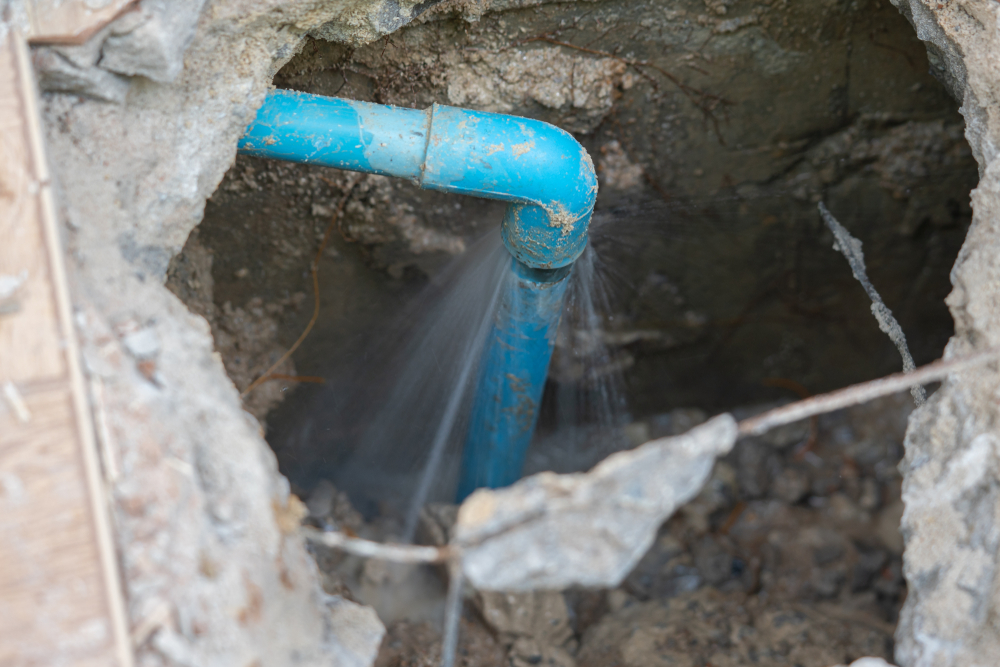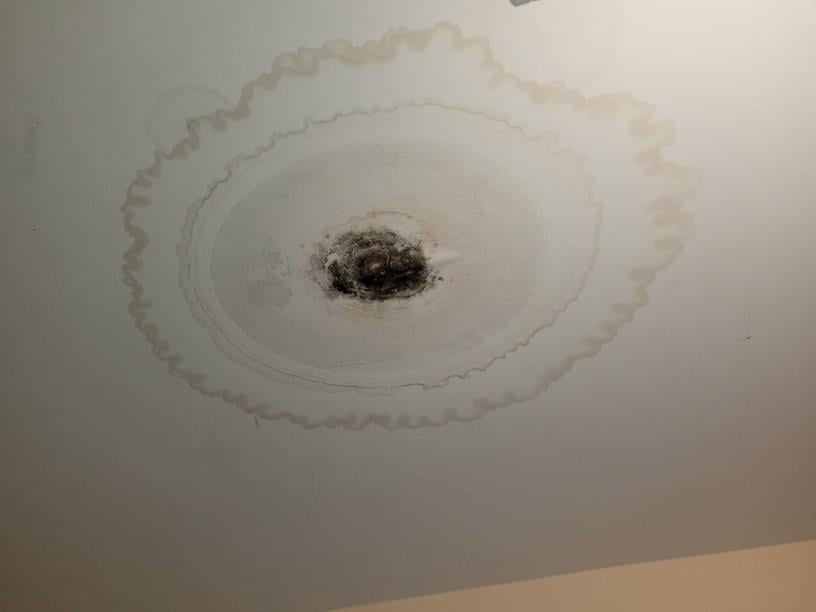Just how to Check If Your House Has a Surprise Leak
Just how to Check If Your House Has a Surprise Leak
Blog Article
Are you trying to find information about Locating water leaks?

Early discovery of leaking water lines can mitigate a potential calamity. Some little water leaks might not be noticeable.
1. Examine the Water Meter
Every residence has a water meter. Examining it is a proven manner in which helps you discover leakages. For starters, turn off all the water resources. Guarantee nobody will certainly purge, use the faucet, shower, run the washing device or dishwashing machine. From there, most likely to the meter and also watch if it will certainly transform. Given that no one is utilizing it, there ought to be no motions. If it relocates, that suggests a fast-moving leakage. Also, if you find no changes, wait a hr or two and check back once again. This means you may have a slow leakage that could even be below ground.
2. Inspect Water Usage
Analyze your water costs and also track your water intake. As the one paying it, you need to see if there are any disparities. If you detect sudden changes, in spite of your intake being the same, it means that you have leakages in your plumbing system. Remember, your water costs should drop under the same array monthly. A sudden spike in your costs indicates a fast-moving leak.
A constant boost every month, even with the exact same behaviors, shows you have a slow-moving leakage that's additionally slowly intensifying. Call a plumber to thoroughly inspect your residential property, specifically if you feel a warm location on your flooring with piping beneath.
3. Do a Food Coloring Examination
When it comes to water usage, 30% comes from bathrooms. If the color somehow infiltrates your dish during that time without flushing, there's a leak in between the container and dish.
4. Asses Exterior Lines
Don't fail to remember to check your exterior water lines too. Must water seep out of the connection, you have a loosened rubber gasket. One little leakage can lose tons of water and also increase your water expense.
5. Examine the situation and also inspect
House owners need to make it a behavior to check under the sink counters and also inside cabinets for any bad odor or mold growth. These two red flags indicate a leak so punctual attention is called for. Doing regular evaluations, also bi-annually, can save you from a significant problem.
Check for stainings as well as damaging as a lot of home appliances as well as pipes have a life span. If you think dripping water lines in your plumbing system, don't wait for it to escalate.
Early discovery of leaking water lines can minimize a potential catastrophe. Some little water leaks may not be noticeable. Inspecting it is a proven way that assists you find leakages. One tiny leakage can throw away heaps of water as well as surge your water costs.
If you believe dripping water lines in your plumbing system, don't wait for it to escalate.
WARNING SIGNS OF WATER LEAKAGE BEHIND THE WALL
PERSISTENT MUSTY ODORS
As water slowly drips from a leaky pipe inside the wall, flooring and sheetrock stay damp and develop an odor similar to wet cardboard. It generates a musty smell that can help you find hidden leaks.
MOLD IN UNUSUAL AREAS
Mold usually grows in wet areas like kitchens, baths and laundry rooms. If you spot the stuff on walls or baseboards in other rooms of the house, it’s a good indicator of undetected water leaks.
STAINS THAT GROW
When mold thrives around a leaky pipe, it sometimes takes hold on the inside surface of the affected wall. A growing stain on otherwise clean sheetrock is often your sign of a hidden plumbing problem.
PEELING OR BUBBLING WALLPAPER / PAINT
This clue is easy to miss in rooms that don’t get much use. When you see wallpaper separating along seams or paint bubbling or flaking off the wall, blame sheetrock that stays wet because of an undetected leak.
BUCKLED CEILINGS AND STAINED FLOORS
If ceilings or floors in bathrooms, kitchens or laundry areas develop structural problems, don’t rule out constant damp inside the walls. Wet sheetrock can affect adjacent framing, flooring and ceilings.
https://www.servicemasterbyzaba.com/blog/how-to-detect-water-leakage-in-walls/

We were shown that article about Leaking water lines from someone on another web address. Remember to take a moment to promote this entry if you appreciated it. Thanks a bunch for your time. Come back soon.
Report this page